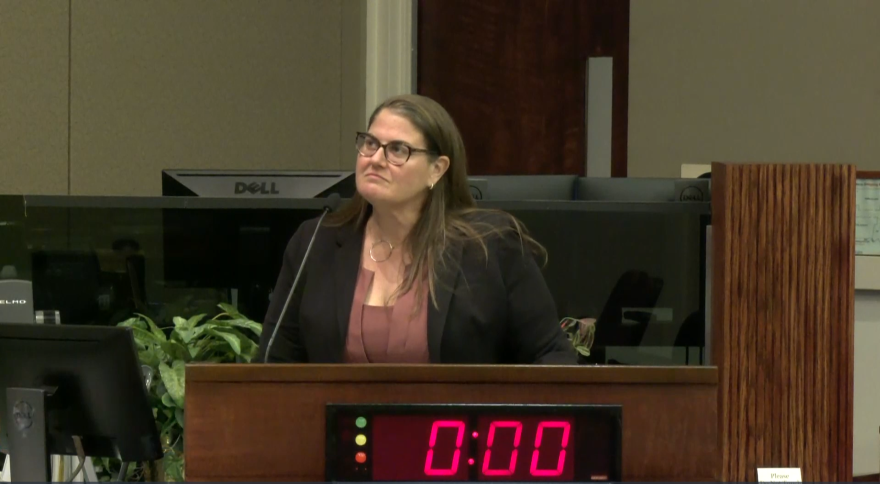Orange County commissioners heard from staff Tuesday on a suite of pending changes to the county’s growth management approach, the grand finale to a regular board meeting that ultimately became a 12-plus-hour day for commissioners.
Tuesday’s final agenda item was the first of two required public hearings for the Orange Code, which will be the first new zoning code adopted by the county in 68 years. The county’s current land development code was adopted on May 6, 1957. In the decades since, while incremental changes have been made to the code, it’s never been fully overhauled and replaced.
Meanwhile, in 1991, the county adopted its comprehensive plan — basically, its long-term plan for growth — without making corresponding changes to its zoning map.
“That automatically created many inconsistencies in the county between future land use and zoning,” Zoning Division Manager Jennifer Moreau said.
Those inconsistencies have at times created delays in the development review process, Moreau said. With the county’s new Orange Code and corresponding comprehensive plan overhaul, Vision 2050, the goal is to implement a more sustainable and strategic approach to long-term growth management.
“While there's been major amendments over the years to the zoning code and the comprehensive plan, this is the first true major overhaul of both at the same time, with both going hand in hand together,” Moreau said.

A road map for future growth
While Vision 2050 is the end destination, the Orange Code can be thought of as the road map for getting there, according to the county.
One fundamental aspect of the Orange Code is that it will be form-based, rather than the county’s current use-based land development code. The current code separates zoning districts into categories, like residential, commercial and industrial, based on what the buildings in each district are used for.
The new Orange Code creates zoning districts based on what buildings look and feel like: “the physical form of development and characteristics of the built environment and scale, rather than the separation of uses,” Planning Division Manager Alberto Vargas said.
The overall goal with the Orange Code and Vision 2050 is to direct growth to the right places, according to the county. That means preserving already-established rural, suburban and natural areas, as well as guiding most new development to the more urbanized, highly-populated areas, where 44% of the county’s future growth is expected to take place.
Stopping the sprawl
Of the roughly 20 people who stuck it out Tuesday night to weigh in on Orange Code during a designated public comment period, most spoke in support of the proposed changes.
Orlando resident Ben Shepler said, if adopted, the changes will help reduce suburban sprawl and car dependence.
“The state of our bike infrastructure is pretty dismal currently,” Shepler said. “I'm excited by how much Orange Code prioritizes developing bike networks.”
Shepler cited specific parts of Orange Code that call for new developments to be divided into blocks, something he said will likely make transportation easier for all.
“Many of our suburban neighborhoods have winding streets, with few access points to circulator or arterial roads,” Shepler said. “[That] causes congestion and makes biking and walking much more difficult, due to the distance added by the poor layout.”

"Cautiously optimistic"
Another change the Orange Code will bring is a new “density activation application,” specifically for new development proposals in more highly-populated “targeted sectors,” where the county plans to guide future growth, Planning Administrator Nicolas Thalmueller said Tuesday.
The new density activation application, designed in collaboration with Orange County Public Schools, is meant to “ensure that [OCPS] has the opportunity to have a seat at the table, early on in the development process, to foster proper growth management and mitigate unintended consequences,” Thalmueller said.
School Board Chair Teresa Jacobs also weighed in Tuesday, describing recent conversations with county planning staff as “very productive.”
“I'm really hopeful and cautiously optimistic that we're going to land this plane with us all on the same page and feeling good about it,” Jacobs said.
Commissioners weren’t requested to take any action Tuesday on Orange Code. A second and final hearing is set for June 3, when commissioners are expected to adopt both Orange Code and Vision 2050 as a package deal. The changes would then become effective within roughly 40 days, Thalmueller said.






